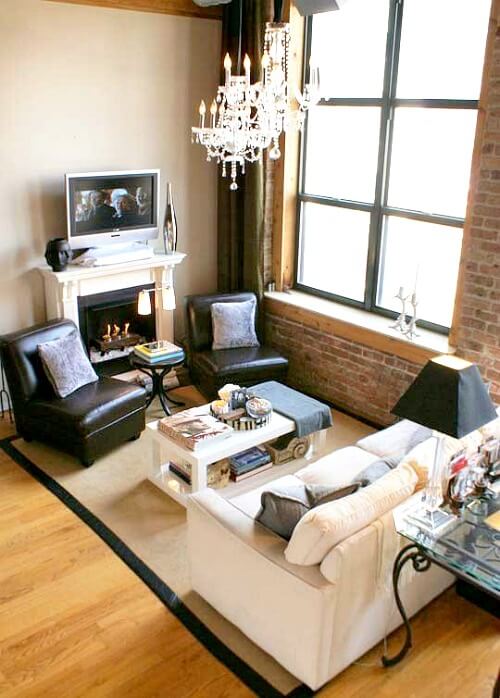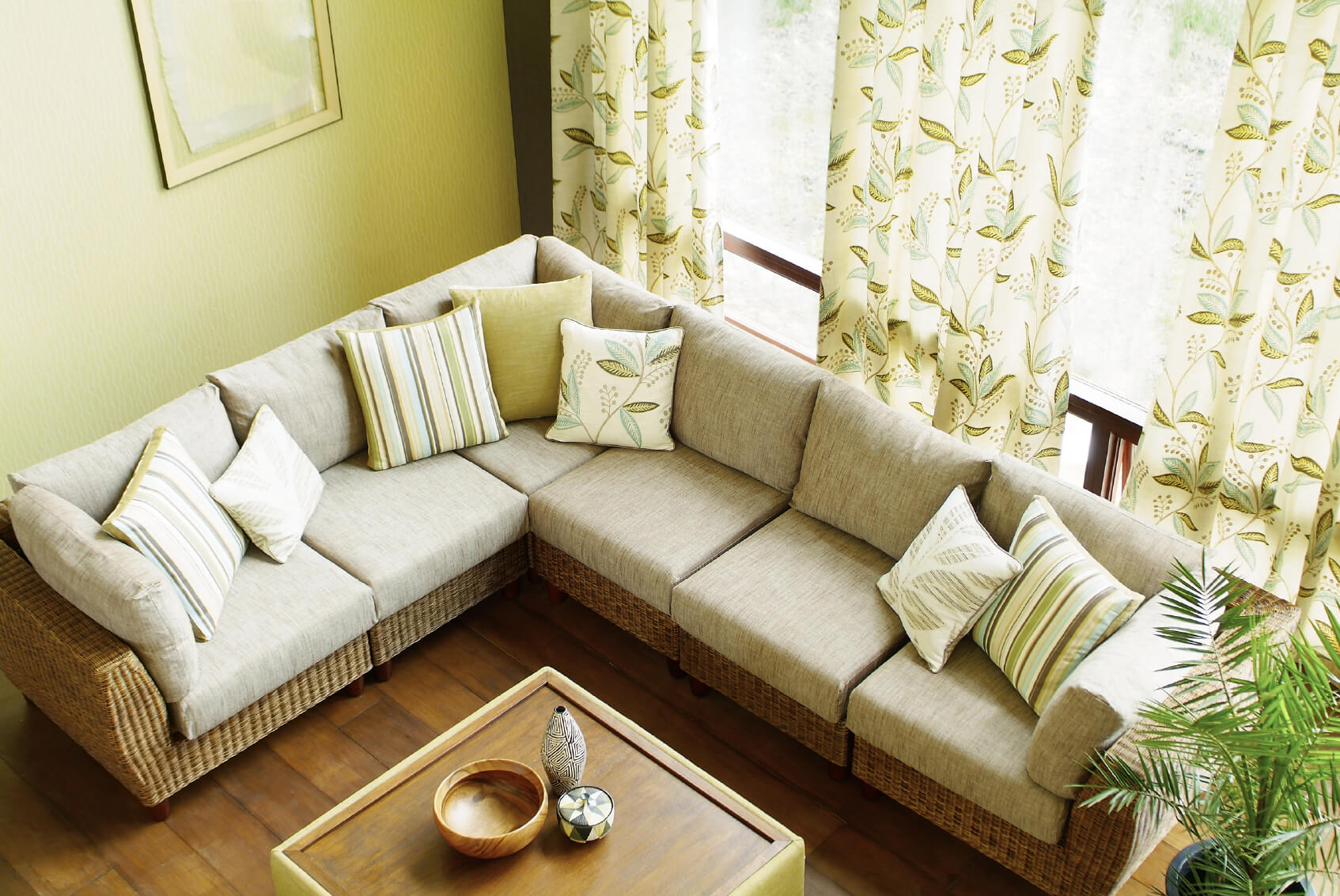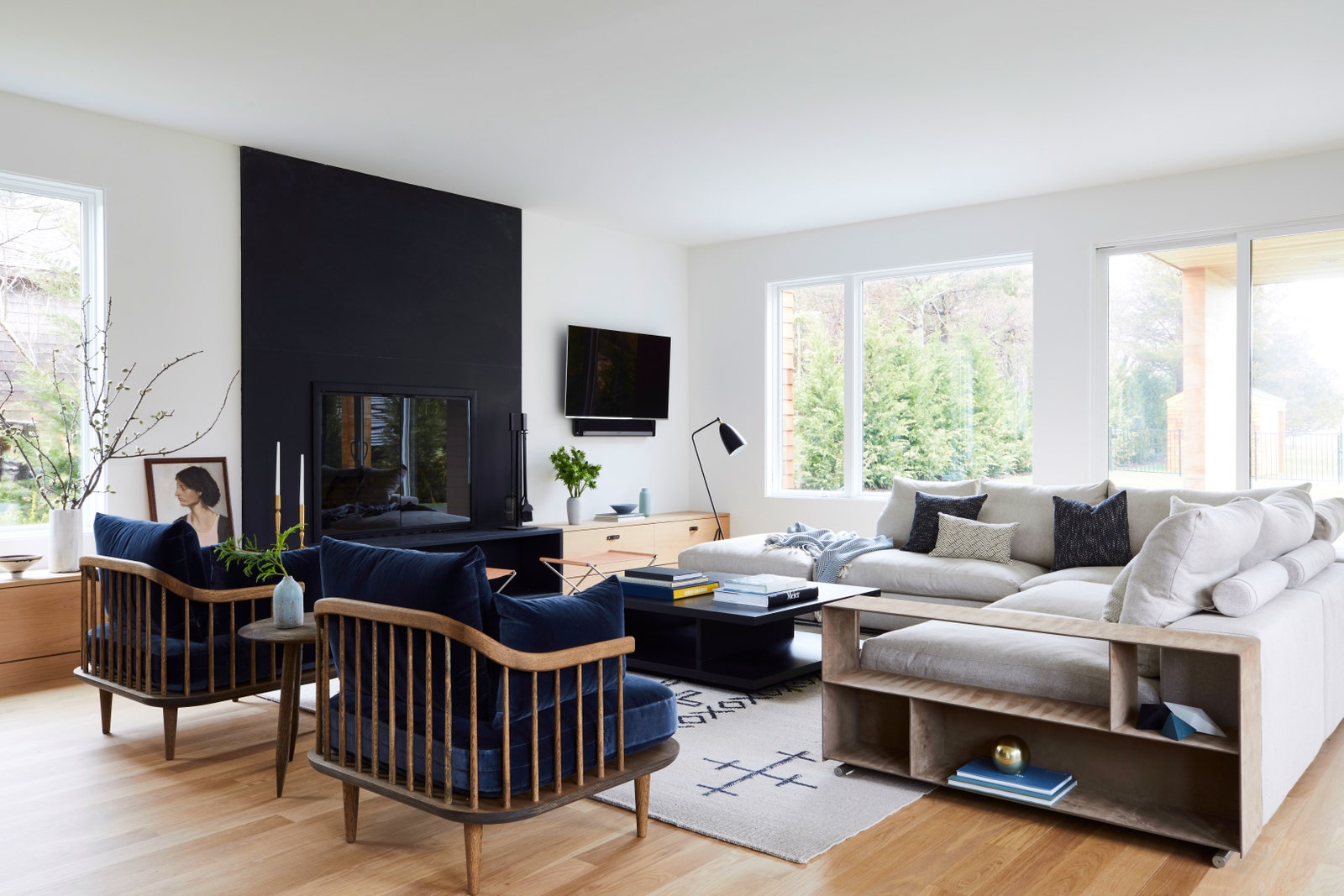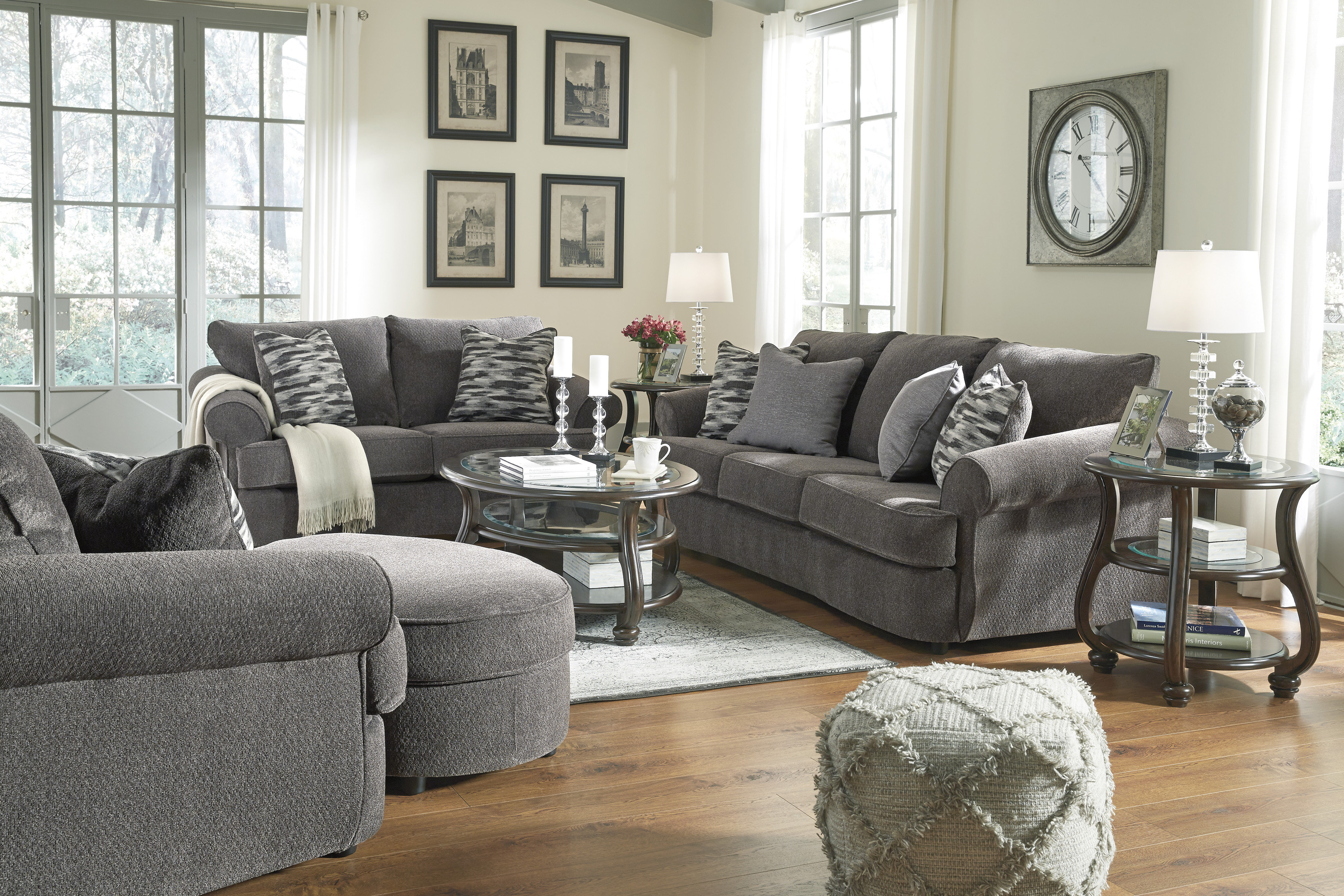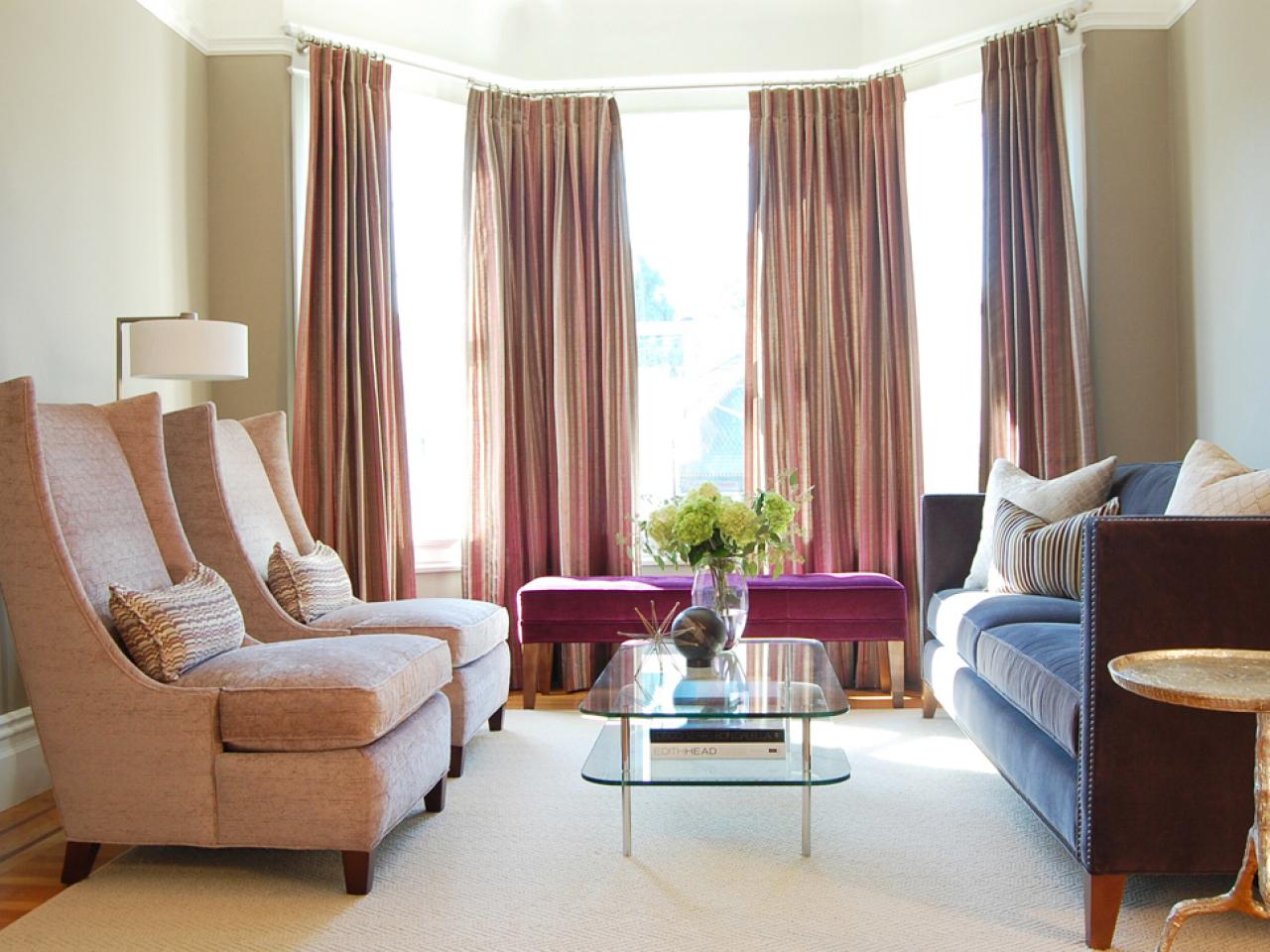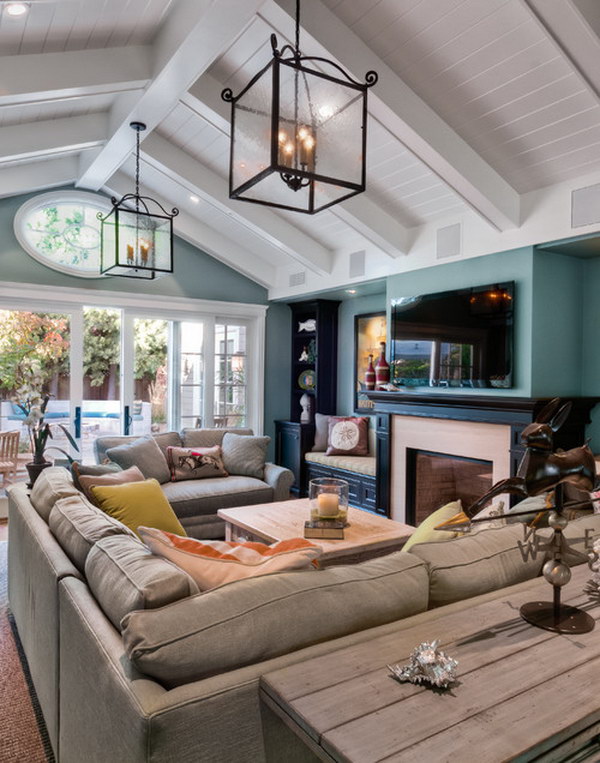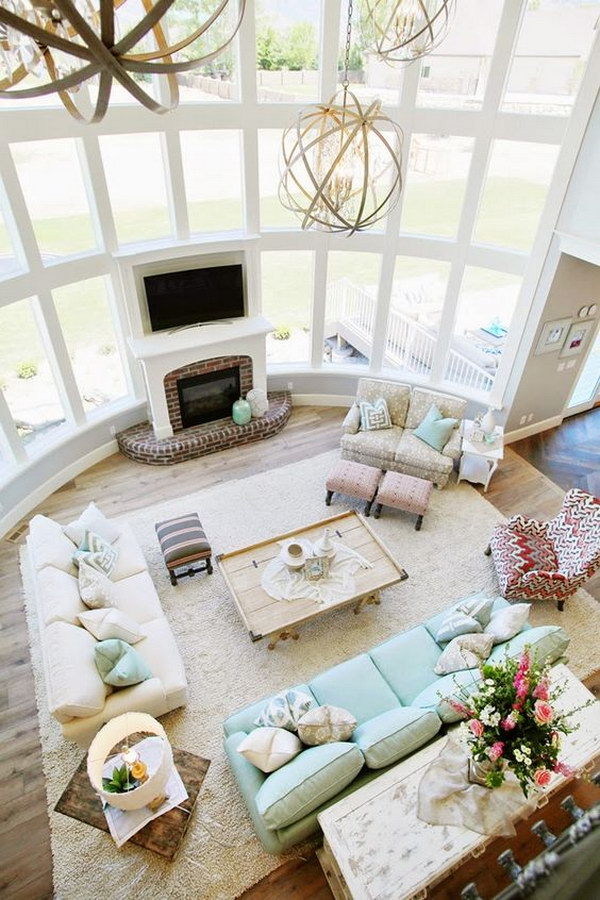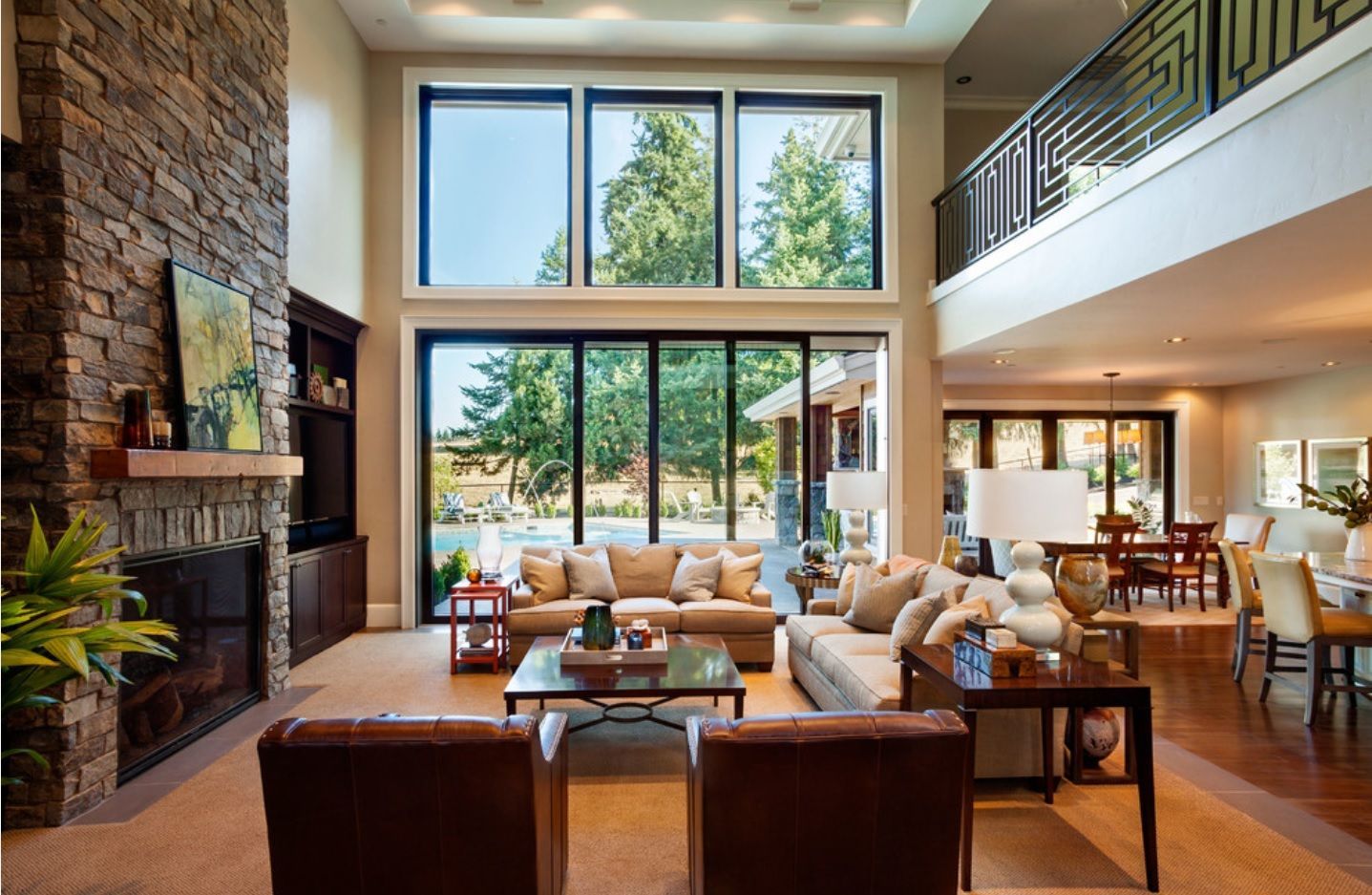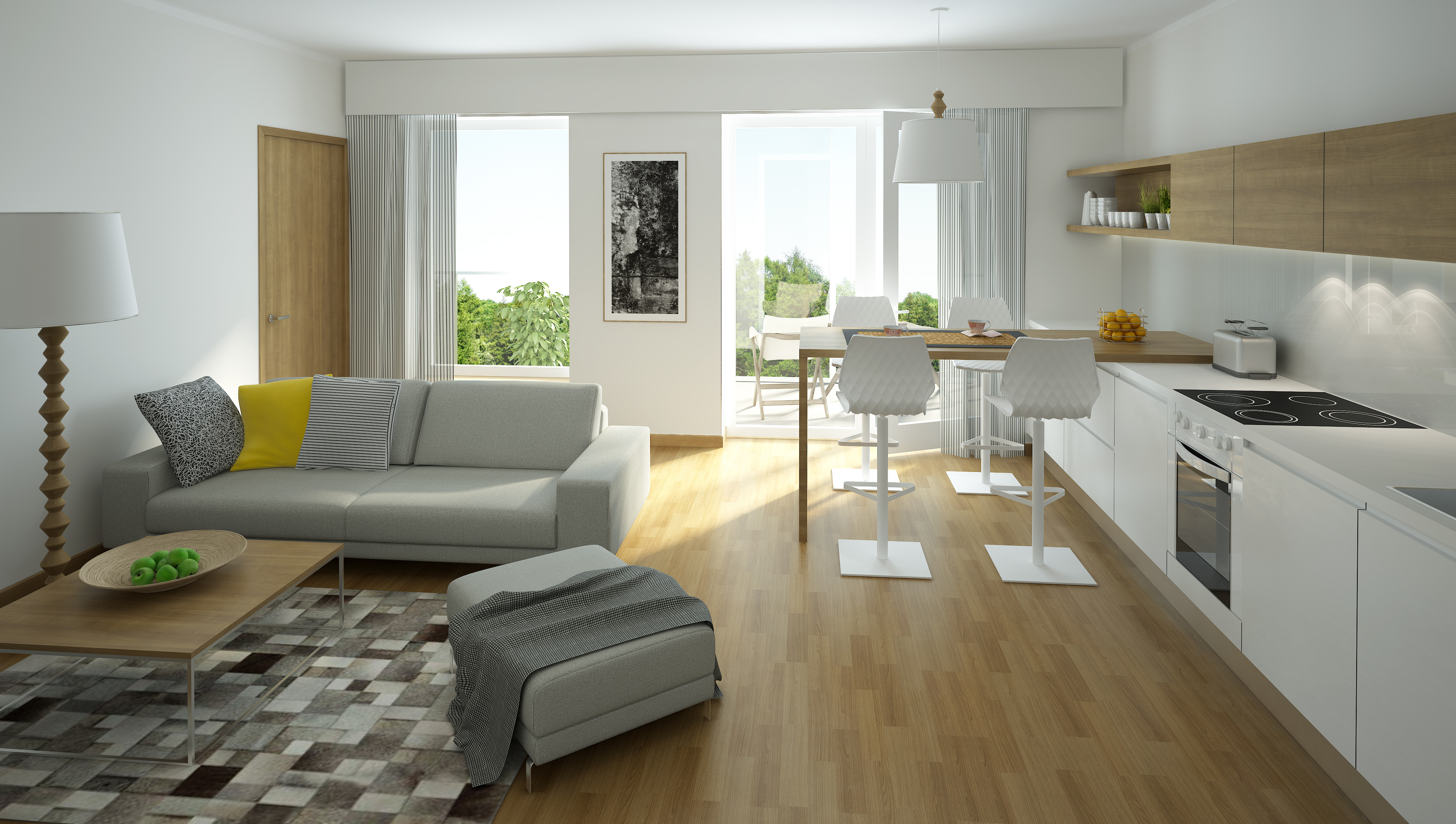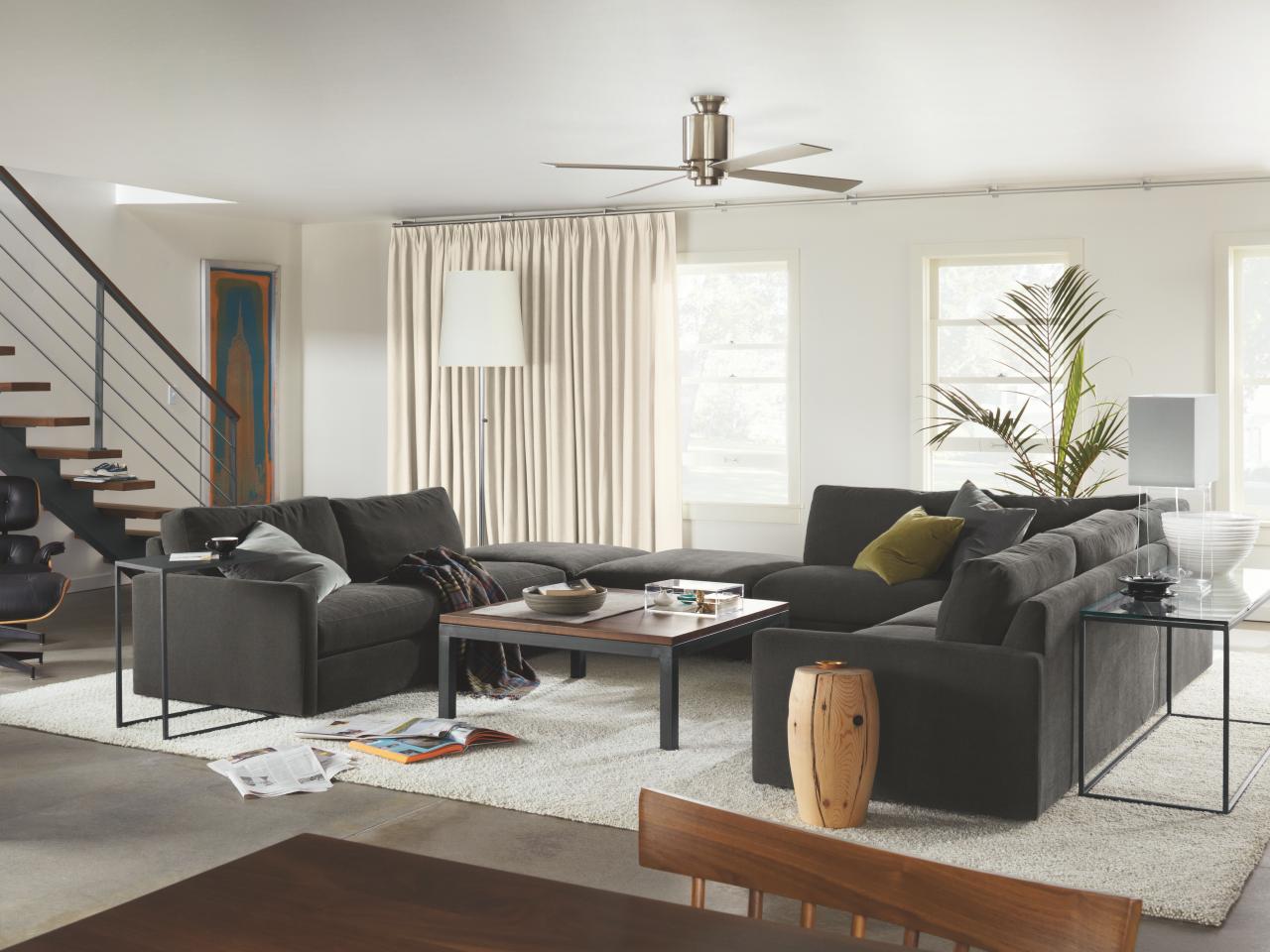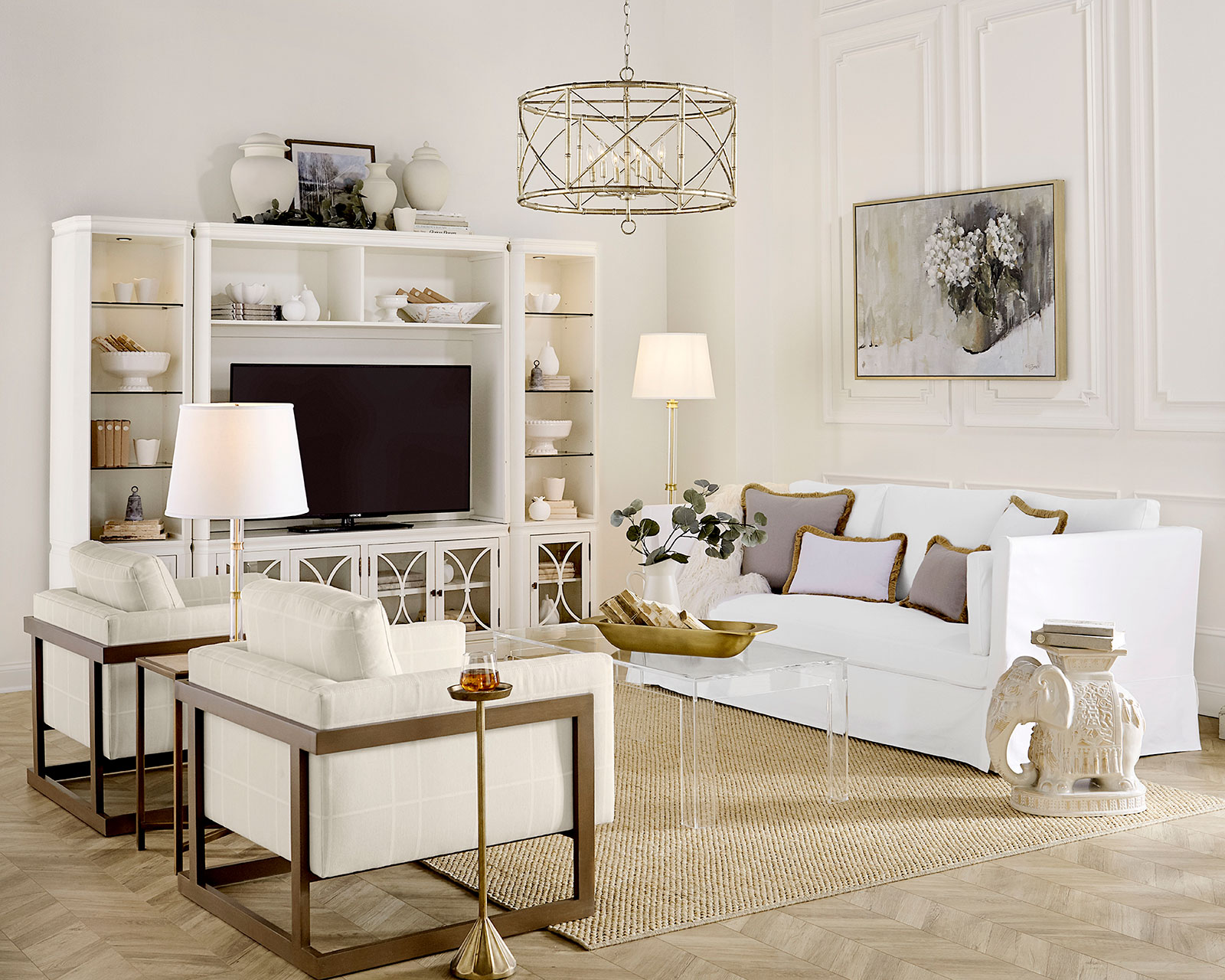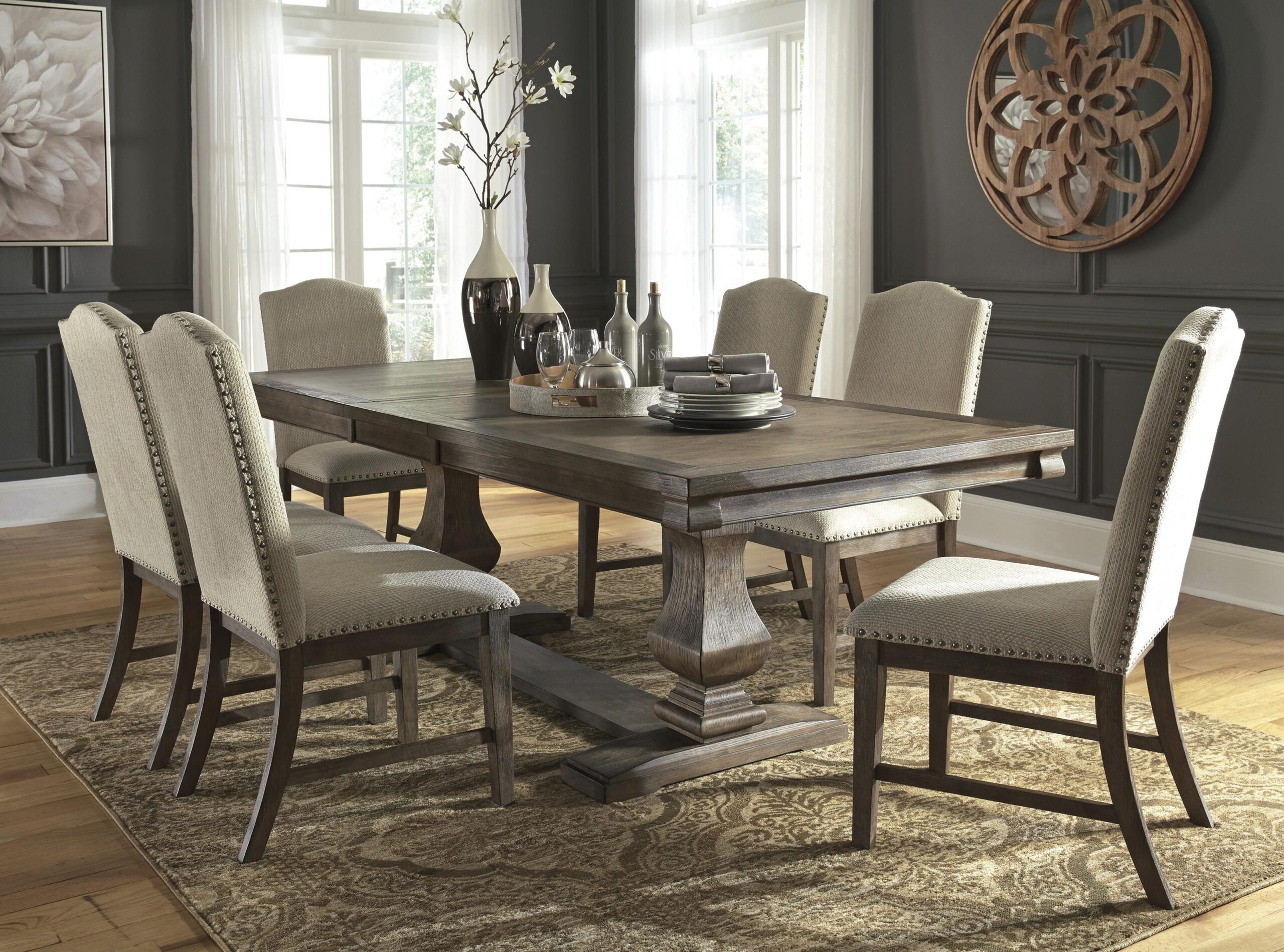Living Room Clusters
When it comes to the layout and design of a living room, it's not just about personal preferences or aesthetic choices. In fact, the way a living room is set up often reflects the social class and background of the people who live in the home. Different living room clusters can indicate different levels of social status and wealth, and understanding these clusters can give us insight into the complex world of social class.
Social Class
Social class is a system of stratification that categorizes individuals based on their economic status, education level, and occupation. It is a concept that has been studied and debated for centuries, with different societies having their own unique class structures. In modern societies, social class is often divided into upper, middle, and lower classes, with the upper class being the wealthiest and most privileged.
Living Room Design
One of the ways that social class is reflected in our homes is through the design of our living rooms. The living room is often the first room that guests see when they enter a home, and it is often considered a symbol of the homeowner's social status. The design and decor of a living room can vary greatly between different social classes, with each class having its own distinct style and aesthetic.
Social Hierarchy
The way that we arrange our living rooms can also reflect the social hierarchy within a household. In traditional upper-class homes, the living room is often the most formal and opulent room in the house. It is a space reserved for entertaining guests and is usually kept in pristine condition. In contrast, lower-class households may have a more casual and relaxed living room, with a focus on comfort rather than showing off wealth.
Living Room Decor
The decor and furnishings in a living room can also provide clues about the social class of the homeowner. Expensive, high-quality furniture and decorations are often associated with the upper class, while lower-class households may opt for more affordable and functional pieces. The type of artwork and accessories displayed in a living room can also reveal a person's social class, with the upper class having a taste for more prestigious and exclusive items.
Class Divide
There is often a distinct divide between the living rooms of different social classes, with each class having its own unique style and design. This can lead to a sense of class consciousness and even classism, as people may judge or make assumptions about others based on the appearance of their living room. The living room can also serve as a physical representation of the class divide that exists in society.
Living Room Furniture
The type of furniture chosen for a living room can also be a reflection of social class. In upper-class homes, furniture is often custom-made and of high quality, while lower-class households may opt for more affordable and mass-produced pieces. The placement and arrangement of furniture can also vary between classes, with the upper class often having larger and more elaborate furniture pieces.
Class Structure
The class structure of a society is not always clear cut, and there can be a lot of overlap and fluidity between social classes. However, the living room can provide a glimpse into the complex and nuanced world of social class. It can reveal the aspirations, values, and lifestyles of different social groups and how they perceive and present themselves to others.
Living Room Layout
The layout and organization of a living room can also be influenced by social class. In lower-class households, the living room may serve multiple functions, such as a place to eat, watch TV, and sleep. In contrast, upper-class living rooms are often designed with specific purposes in mind, such as formal entertaining or relaxation. The size and shape of a living room can also vary greatly between social classes, with the upper class having more spacious and grandiose living spaces.
Class Differences
The differences between living room clusters and social class extend beyond just design and decor. It can also include the use and meaning of the living room in different social groups. For example, in upper-class households, the living room may be seen as a status symbol and a space to impress others, while in lower-class households, it may be a place to gather with family and friends.
In conclusion, our living rooms can tell a story about who we are and where we come from. They can reveal our social status, values, and aspirations, and provide insight into the complex world of social class. So next time you walk into a living room, take a moment to observe the design and layout, and you may learn something new about the people who live there.
The Impact of Living Room Clusters on Social Class

Creating a Class Divide
 When it comes to house design, the living room is often seen as the heart of the home. It is where family and friends gather to relax, socialize, and entertain. However, the way in which the living room is designed and decorated can also play a role in creating a class divide in society.
When it comes to house design, the living room is often seen as the heart of the home. It is where family and friends gather to relax, socialize, and entertain. However, the way in which the living room is designed and decorated can also play a role in creating a class divide in society.
Living room clusters , also known as seating clusters, are a popular trend in interior design. This involves grouping furniture pieces together in a cohesive and visually appealing way. While it may seem like a harmless design choice, living room clusters can actually perpetuate social class divisions .
The Divide Between High and Low Class
 In homes of higher social class, living room clusters are often used to create a sense of elegance and grandeur. Luxurious sofas, armchairs, and coffee tables are carefully arranged to convey a sense of wealth and status. On the other hand, in lower class homes, a lack of space and resources may result in a disorganized and mismatched living room.
In homes of higher social class, living room clusters are often used to create a sense of elegance and grandeur. Luxurious sofas, armchairs, and coffee tables are carefully arranged to convey a sense of wealth and status. On the other hand, in lower class homes, a lack of space and resources may result in a disorganized and mismatched living room.
The use of expensive and designer furniture in living room clusters further emphasizes the economic divide between social classes. Those who can afford these high-end pieces are seen as having a higher social status, while those who cannot are perceived as lower class.
The Psychological Impact
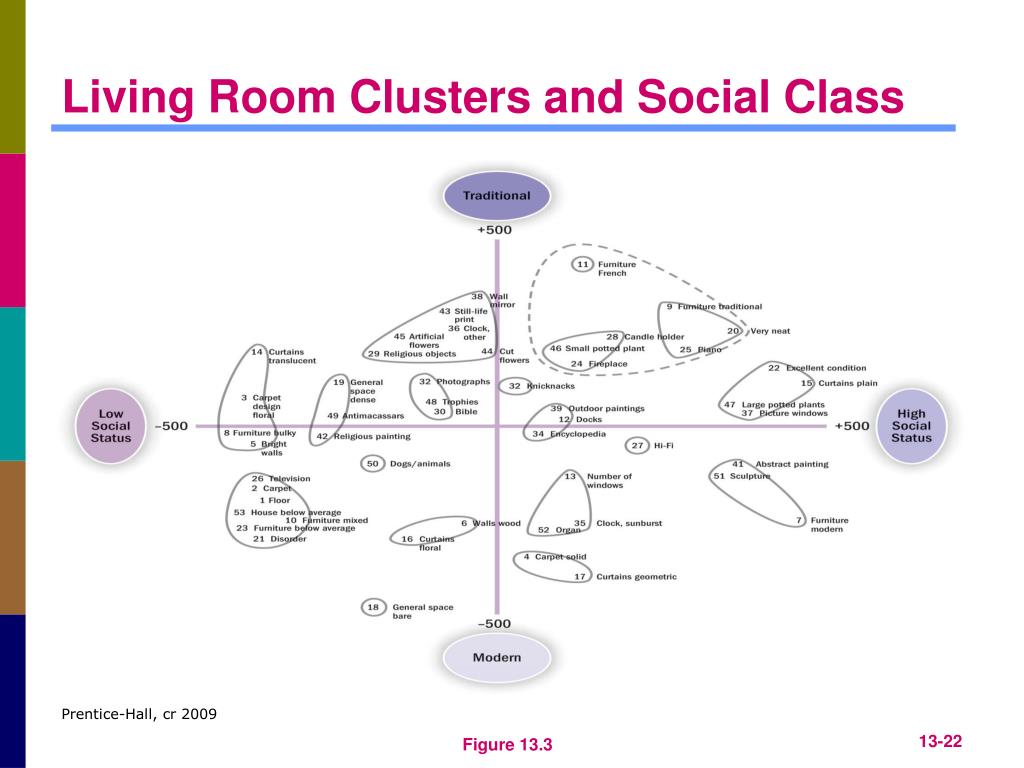 The way in which living room clusters are designed can also have a psychological impact on individuals. Research has shown that people tend to gravitate towards others who have similar interests and backgrounds. Therefore, living room clusters that reflect a specific social class can serve as a barrier to those from different classes, further perpetuating a sense of segregation.
The way in which living room clusters are designed can also have a psychological impact on individuals. Research has shown that people tend to gravitate towards others who have similar interests and backgrounds. Therefore, living room clusters that reflect a specific social class can serve as a barrier to those from different classes, further perpetuating a sense of segregation.
Moreover, living room clusters that are styled to perfection, with no room for personalization or comfort, can create a sense of intimidation and discomfort for individuals from lower social classes. This can lead to feelings of inadequacy and even shame when visiting homes of higher class individuals.
The Need for Inclusivity
 In order to break down these social class divisions, it is important for interior design to focus on inclusivity. This can be achieved by incorporating a variety of design styles and price points in living room clusters. By creating a sense of warmth and comfort in the living room, individuals from all social classes can feel welcomed and included.
In order to break down these social class divisions, it is important for interior design to focus on inclusivity. This can be achieved by incorporating a variety of design styles and price points in living room clusters. By creating a sense of warmth and comfort in the living room, individuals from all social classes can feel welcomed and included.
In addition, designers can also use their platforms to promote the idea of breaking down class barriers through design. By featuring affordable and accessible furniture and décor in their designs, they can showcase the beauty in simplicity and promote inclusivity in home design.
In conclusion, while living room clusters may seem like a harmless design trend, they can have a significant impact on social class divisions. It is important for designers to be mindful of this and strive for inclusivity in their designs. Only then can the living room truly be the heart of a home, welcoming individuals from all backgrounds and social classes.


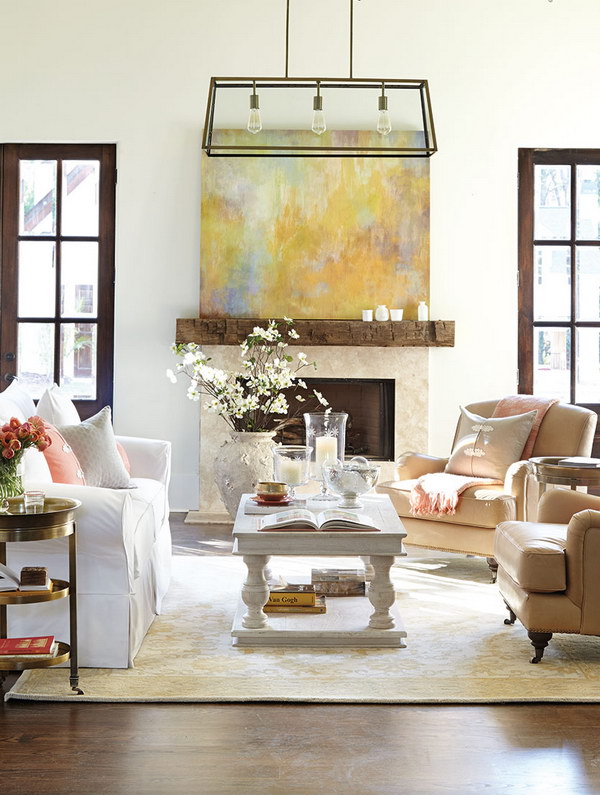



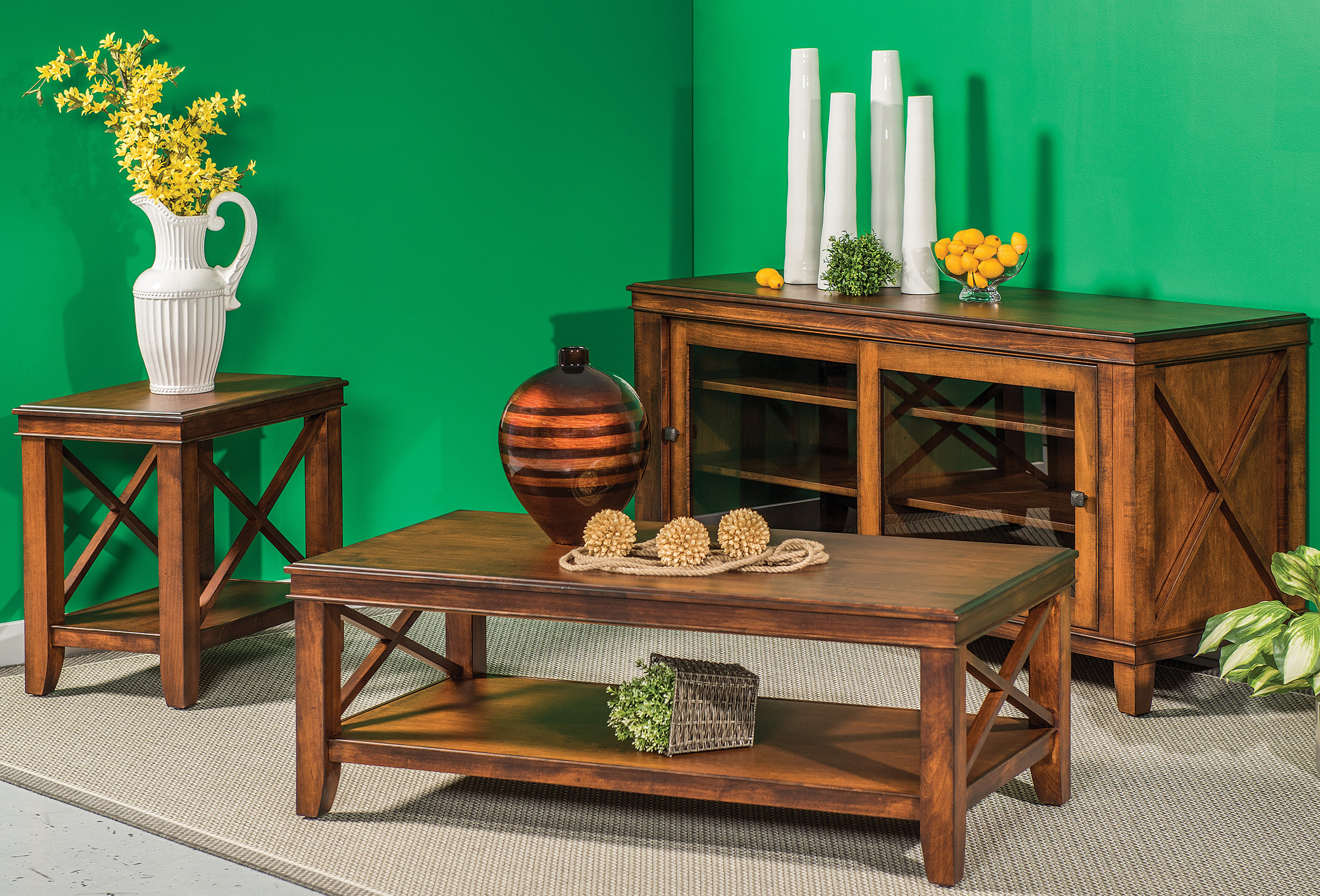








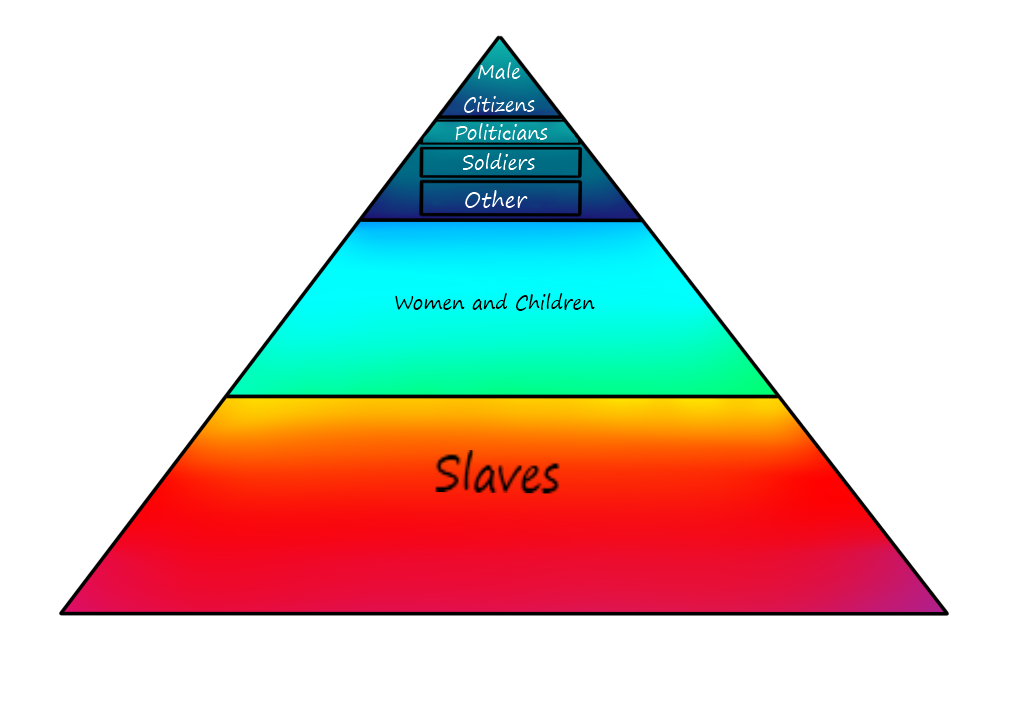





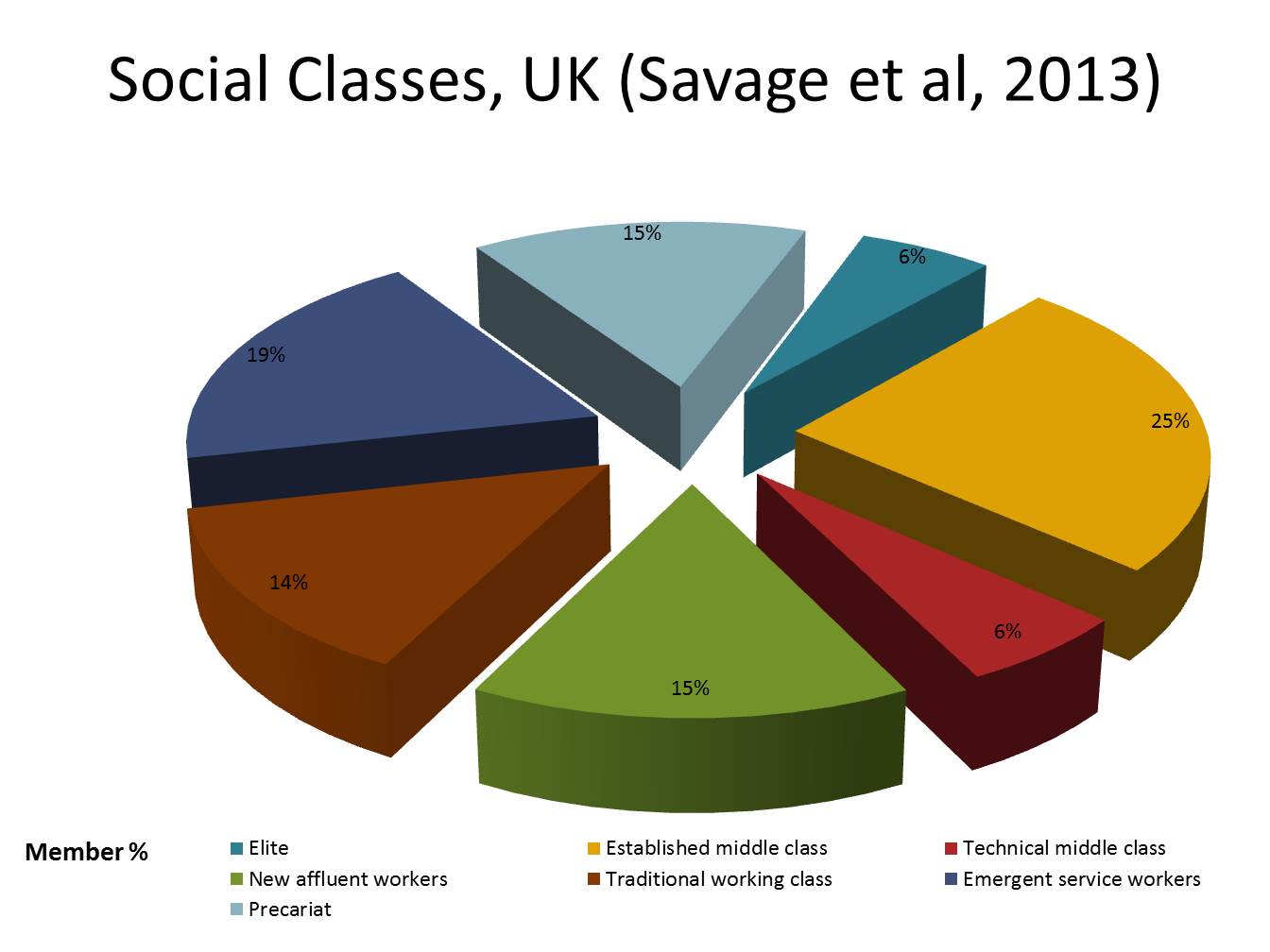


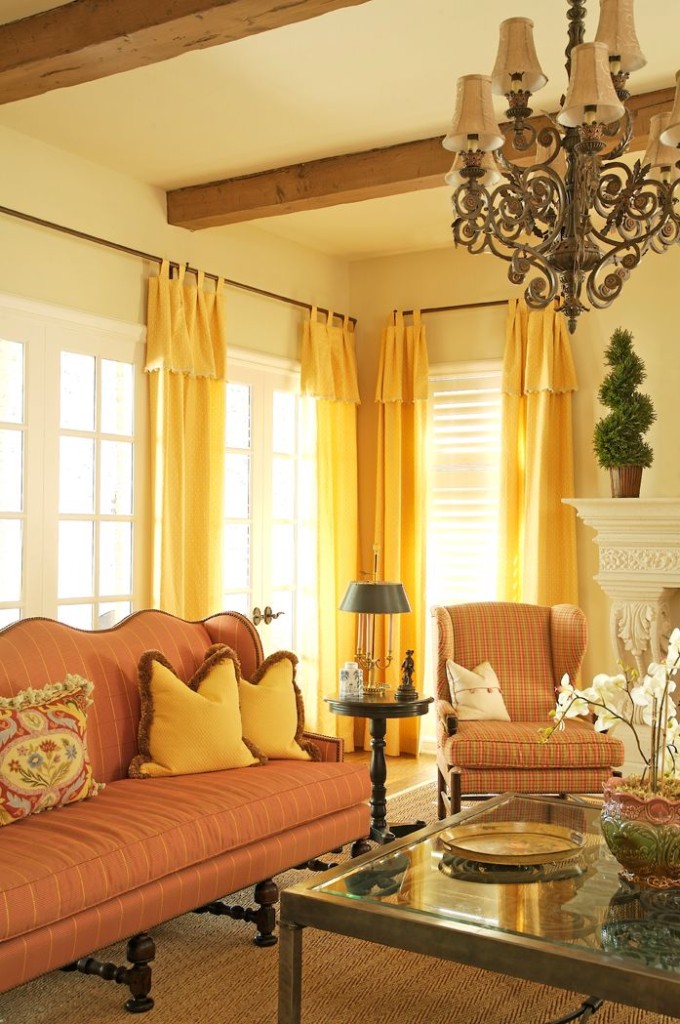
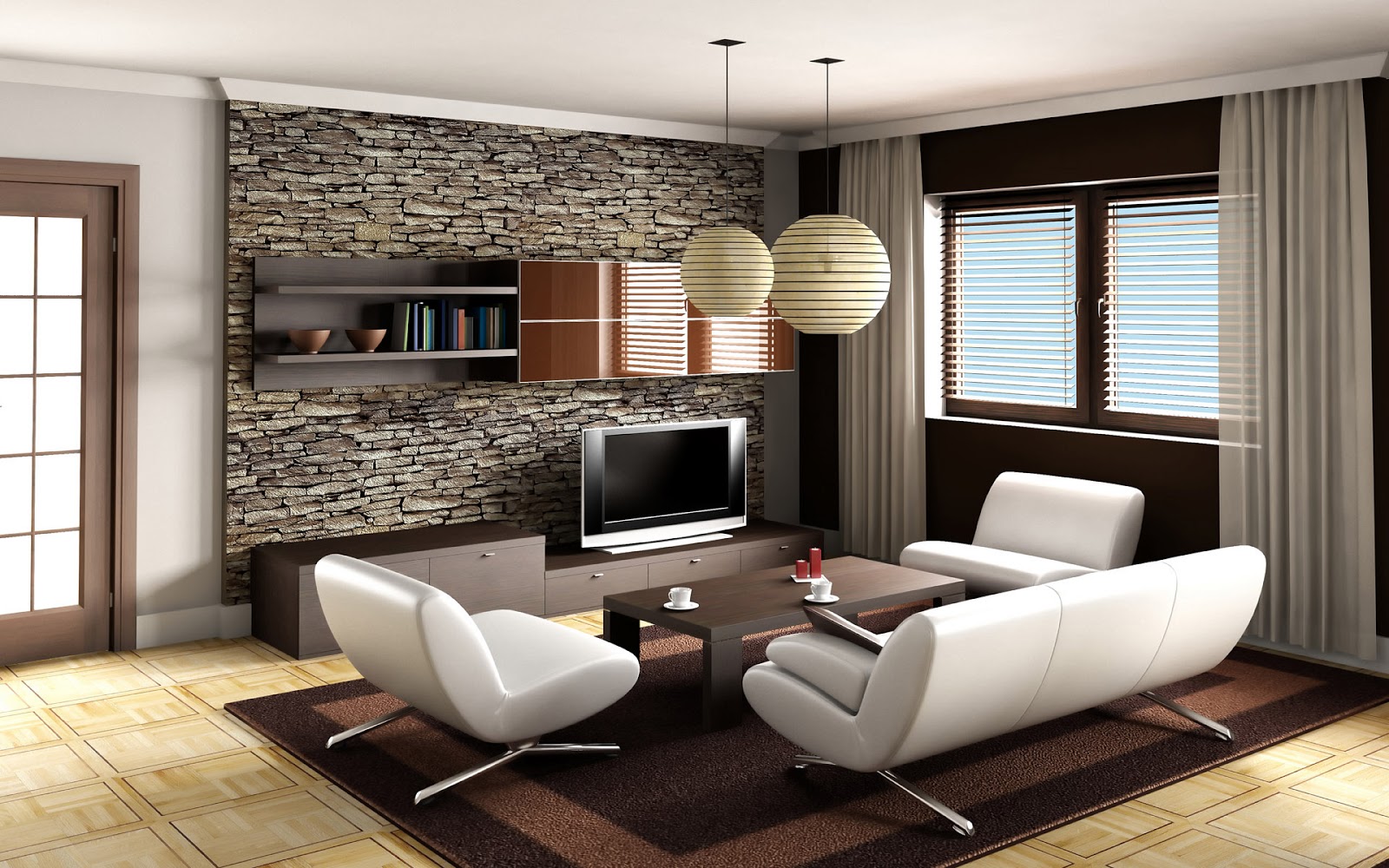


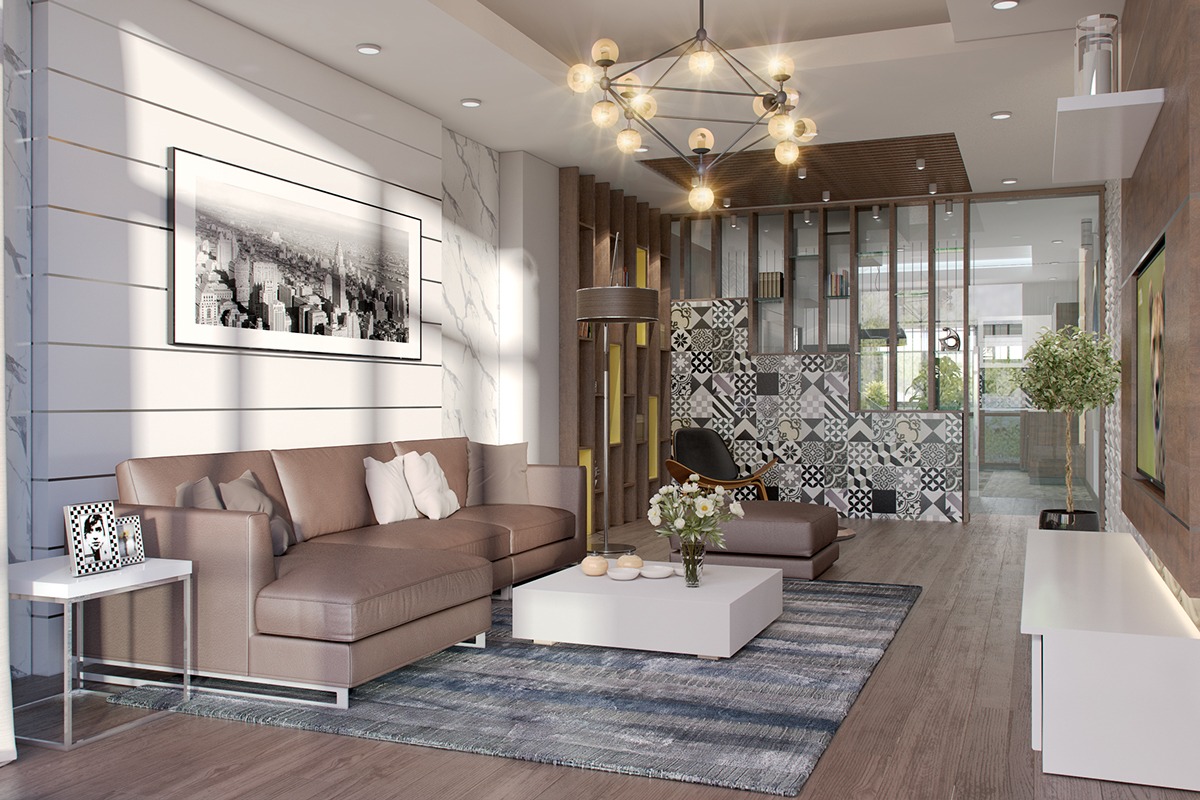
.jpg)
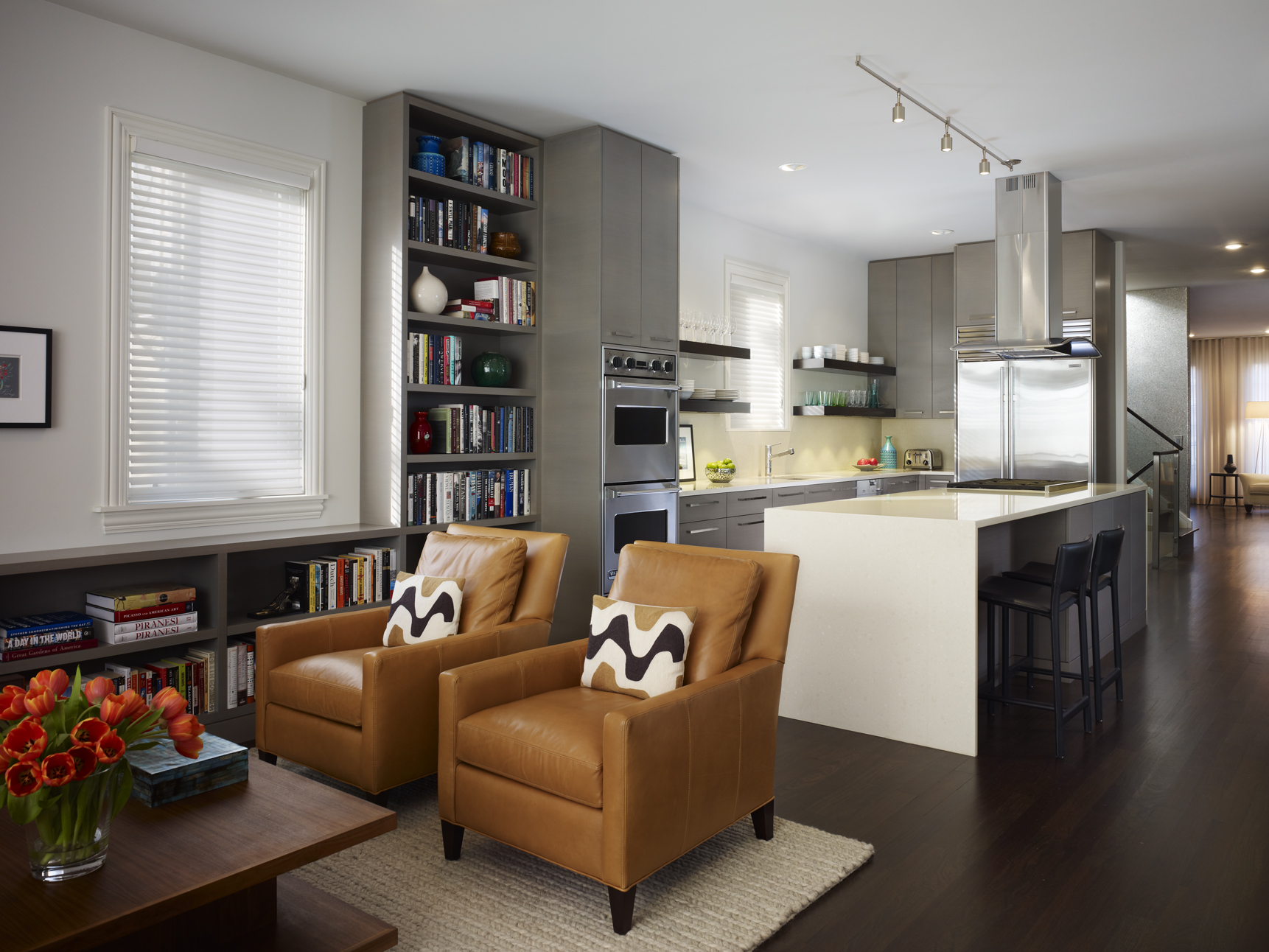
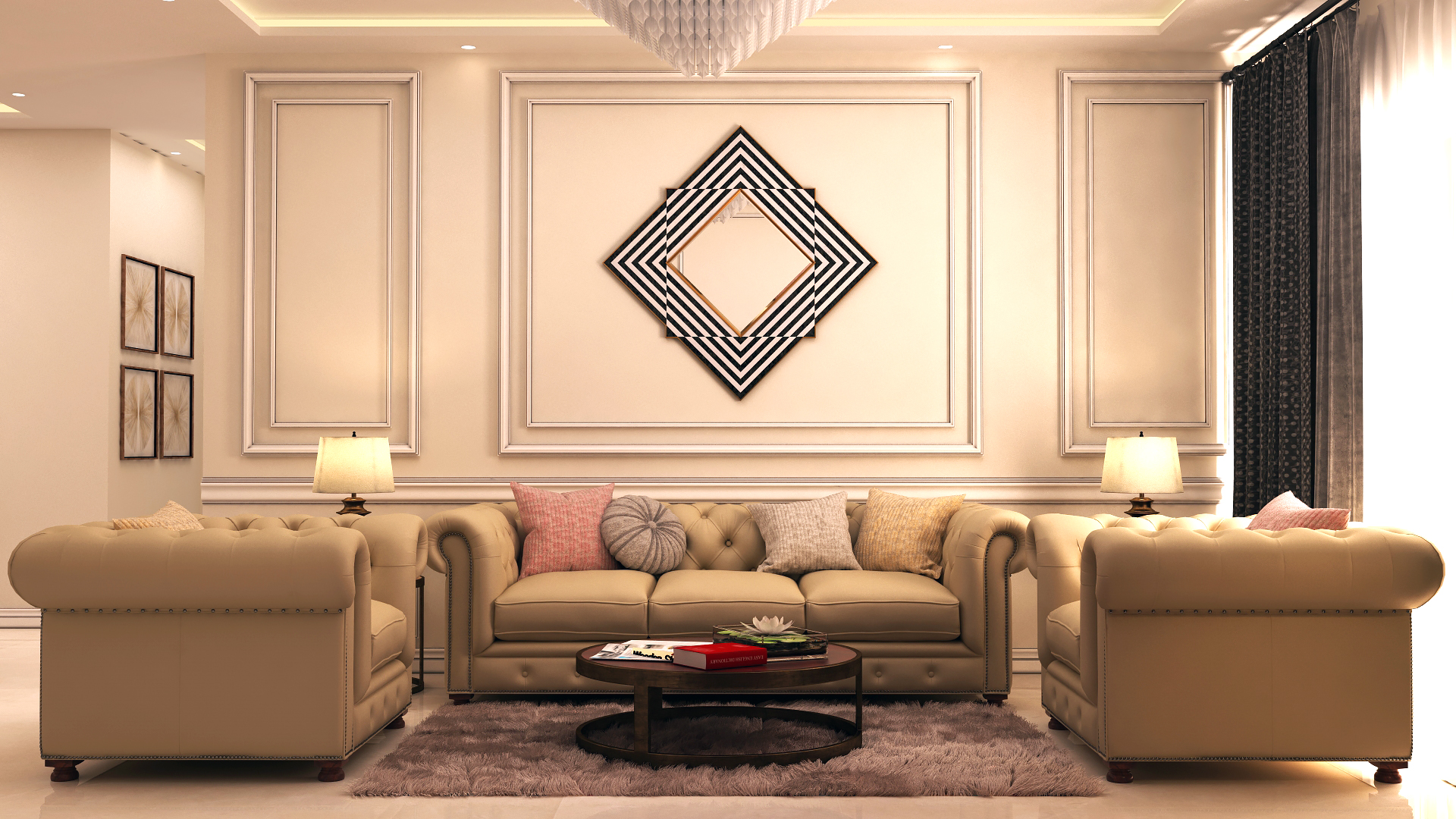
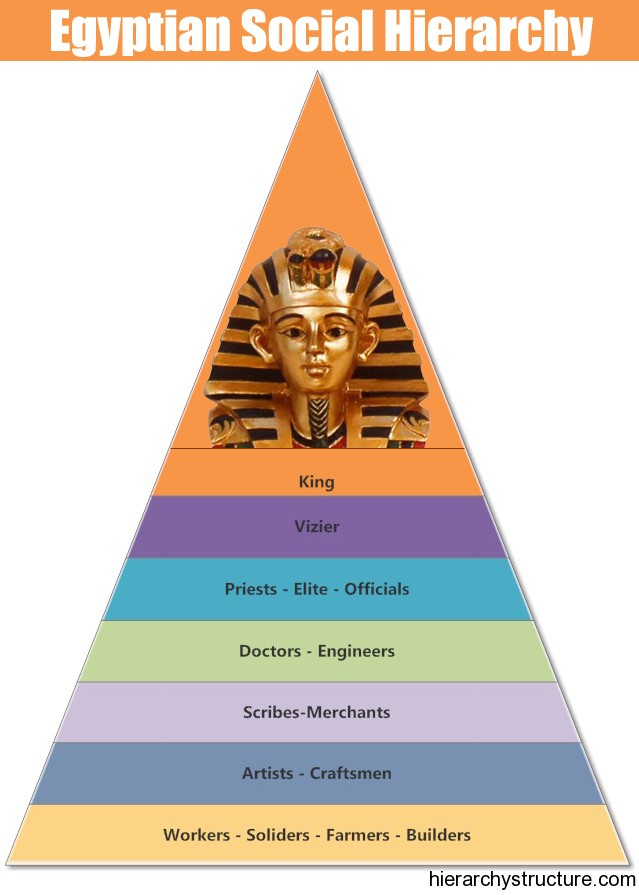
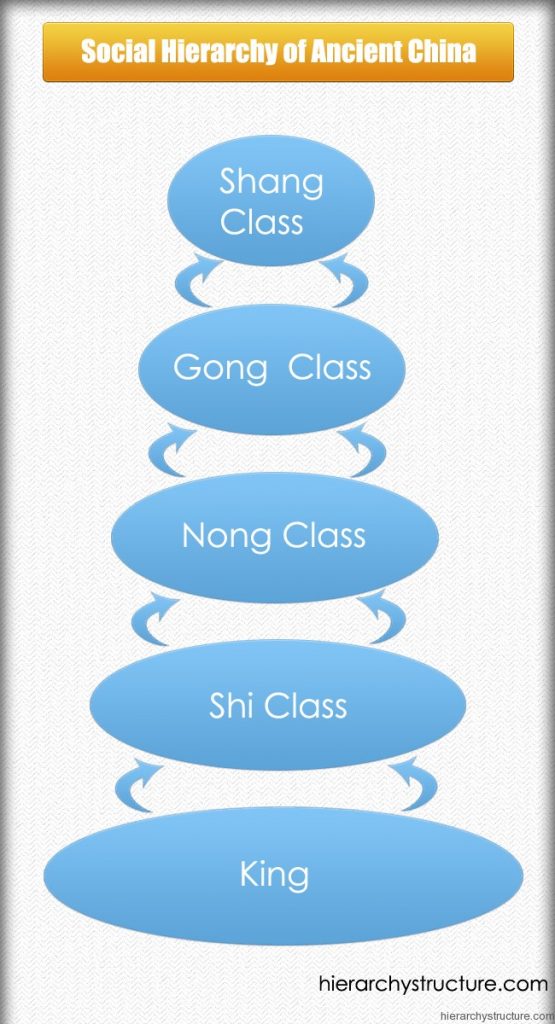


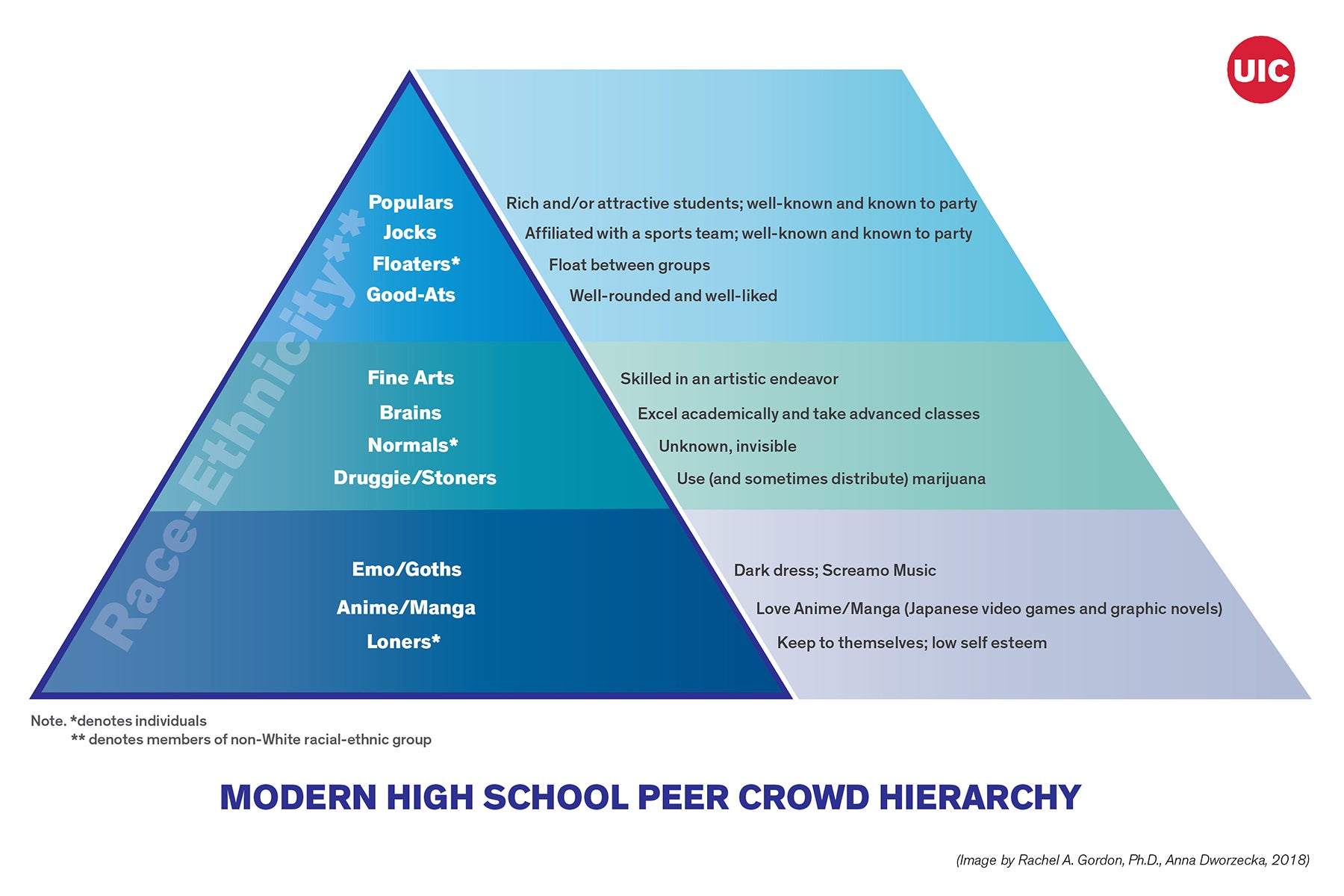


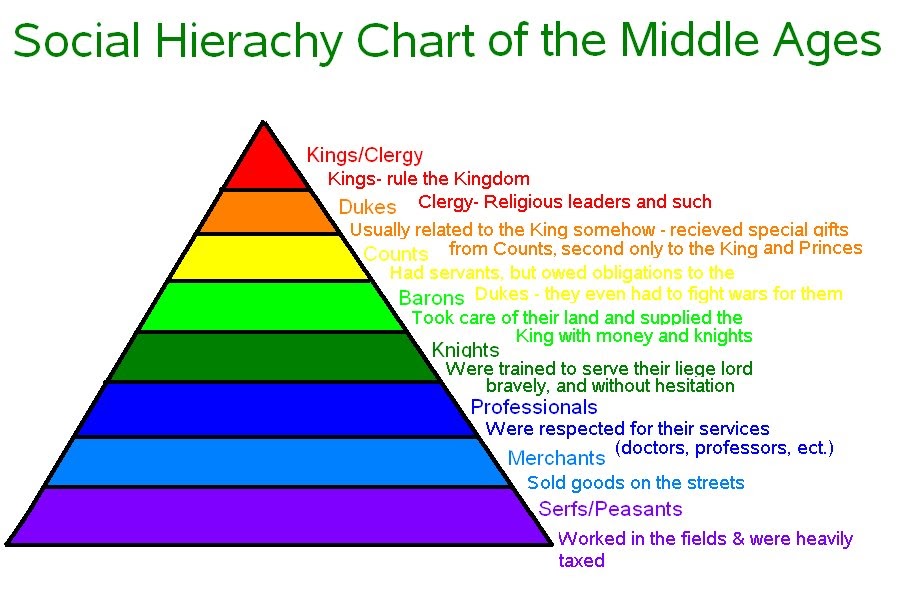




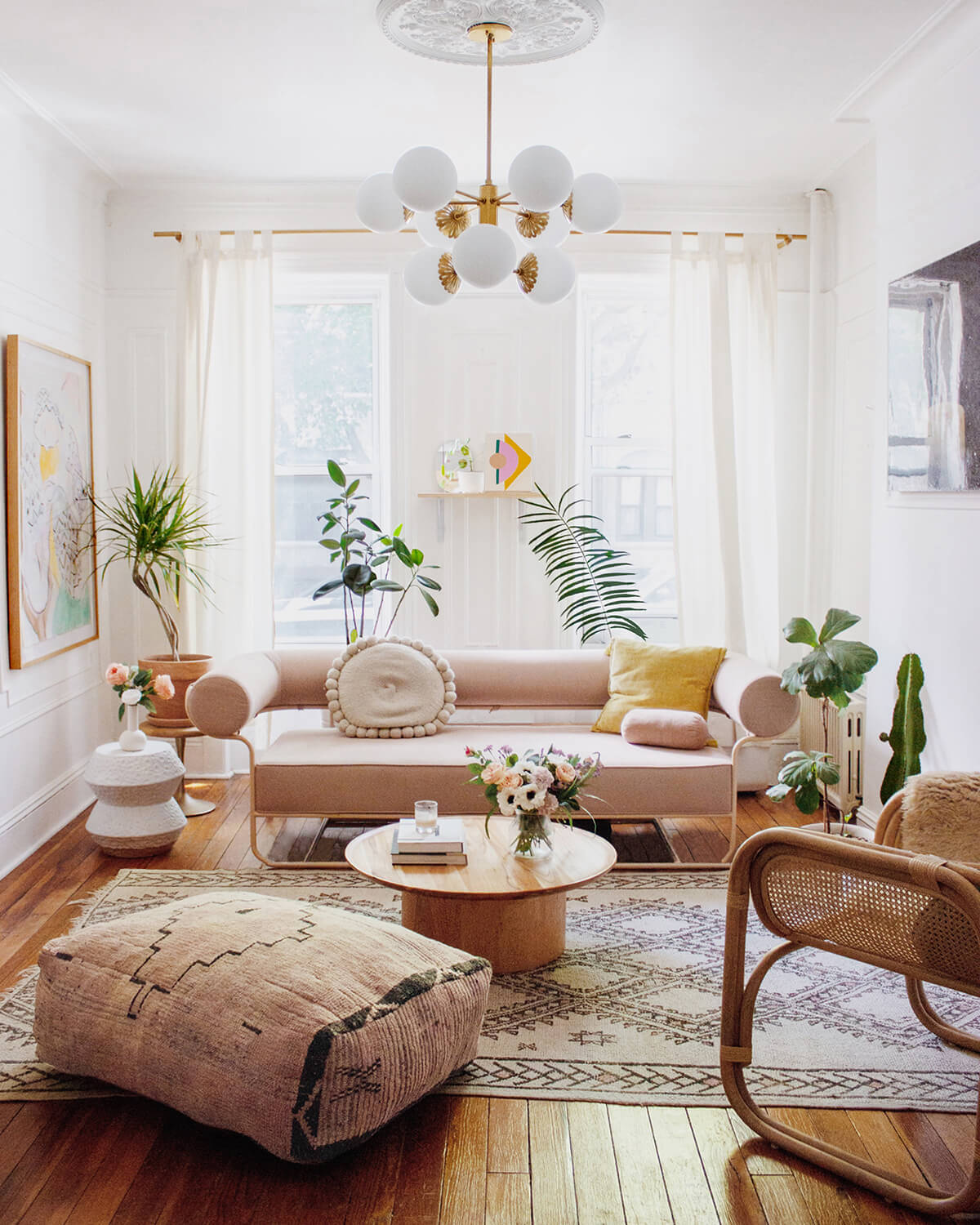
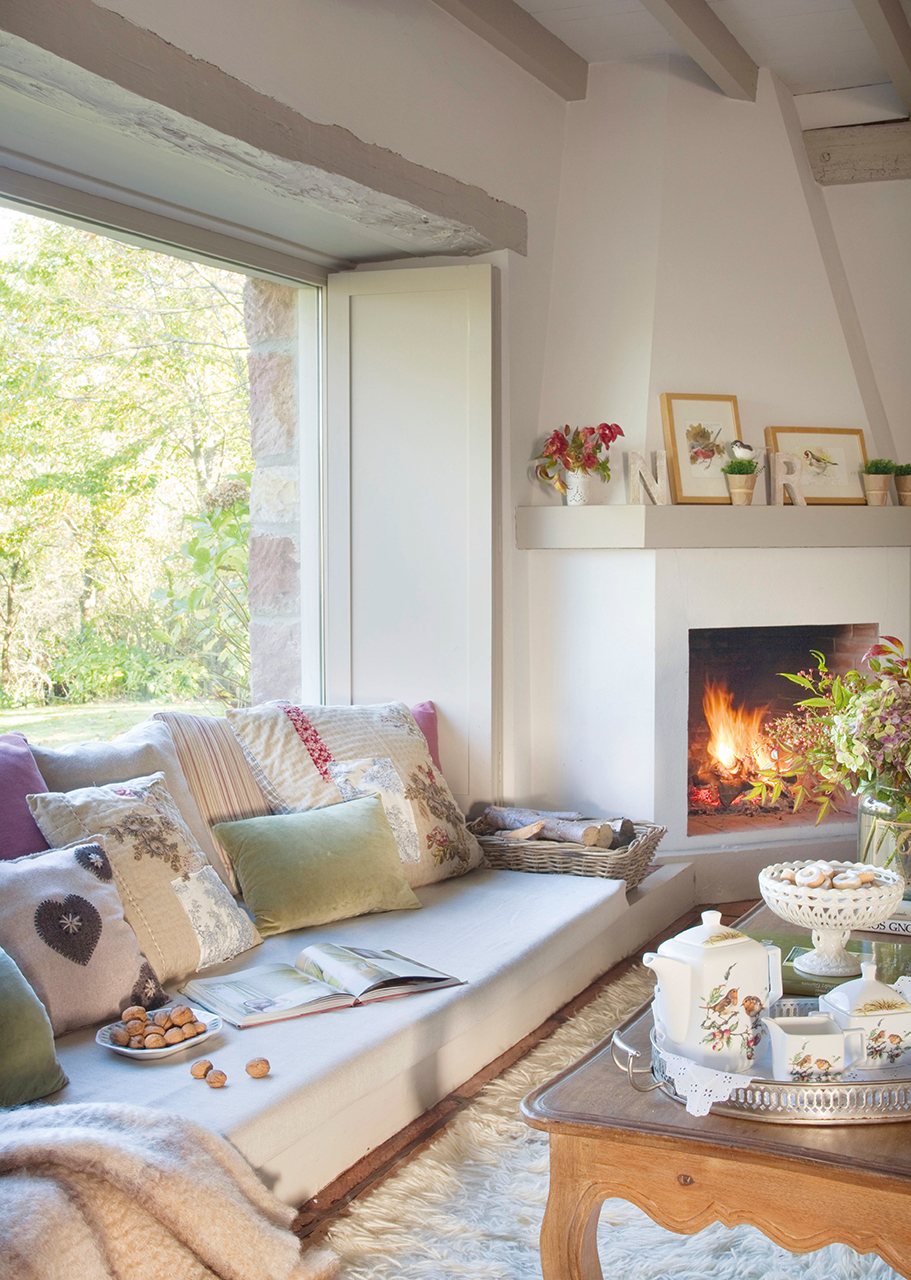

/GettyImages-9261821821-5c69c1b7c9e77c0001675a49.jpg)
:max_bytes(150000):strip_icc()/Chuck-Schmidt-Getty-Images-56a5ae785f9b58b7d0ddfaf8.jpg)




/modern-living-room-design-ideas-4126797-hero-a2fd3412abc640bc8108ee6c16bf71ce.jpg)












